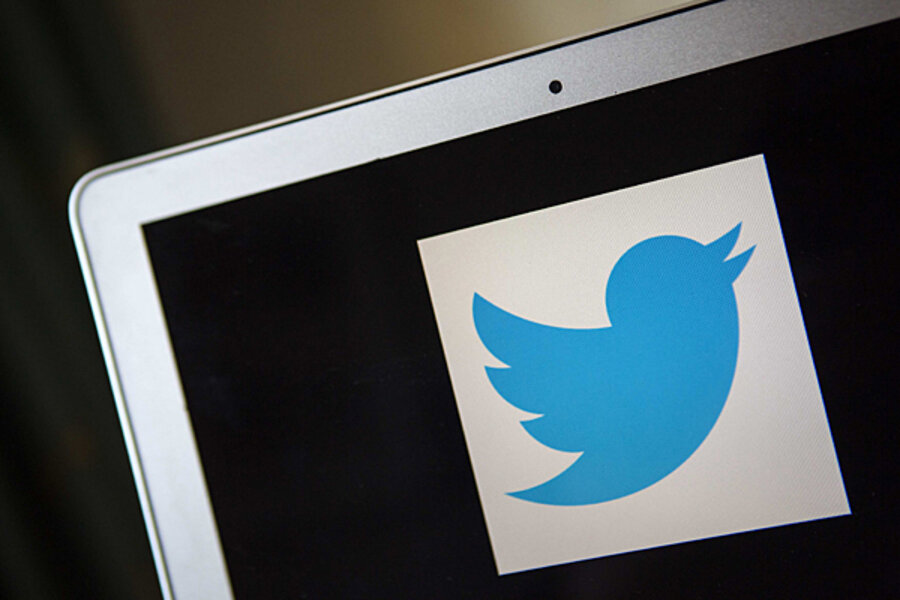In #TwitterExperiment, users upset as favorites become retweets
Loading...
Twitter users seemed to utter a collective groan over the past 24 hours upon learning that tweets that get favorited can now appear in followers' timelines.
This new practice was hinted at in a tweet earlier this month by Jon Russell of The Next Web. But the news became widespread this past weekend once technology bloggers realized Twitter had expanded the practice of showing users tweets they had never actually expressed any interest in seeing.
It's a marked turn for the micro-blogging platform which, until now, has exclusively populated users' timelines with tweets and retweets from accounts they follow – in addition to promoted tweets or advertisements. Users are now also seeing tweets from accounts they themselves do not necessarily follow but which are followed by people they do follow.
So, why are users up in arms over a feature designed to offer a wider breadth of content to their news feeds?
Well, it changes a fundamental aspect of the service. Different Twitter functions have different meanings. For example, a retweet is something intended to be seen by followers. But a favorite, on the other hand, can be more personal. Users might favorite to acknowledge they've seen a tweet, to tip their digital hat in affirmation of a tweet they like, or simply to save a tweeted link to read for later, using services such as Instapaper or Pinboard.
But until now a tweet was only known to be favorited by the person who sent the initial tweet and the person who favorited it. Now, that practice has been turned upside down. And it's got many users venting their frustration on, where else, Twitter.
Even celebrities such as Josh Groban and Anna Kendrick have pointed out their annoyance with the new practice.
Twitter, which did not respond to a request seeking comment, posted a company blog last year explaining that it experiments constantly in an attempt to improve its platform and product.
"It’s rare for a day to go by when we’re not releasing at least one experiment," the post reads. The post adds that not everyone sees the experiments it tests and that some of the experiments might never be fully enacted on Twitter's site. "Ultimately, our goal is to learn and keep making the product better; we aren’t necessarily looking to launch all of the experiments we roll out.
There has even been discussion of Twitter transitioning to an algorithm similar to the one employed by Facebook. This could have the effect of altering what Twitter represents to many users – namely, a kind of real-time update from all accounts that a user follows.
Moreover, this update comes at a time of scrutiny for Twitter as last week the company admitted that 8.5 percent of its accounts were automated, meaning roughly 23 million of its 271 million monthly active users are automated.
Although it's not yet clear why Twitter has rolled out this new service or how many Twitter users have been affected, reports have speculated that it's an attempt to improve the service for newer users. As noted in The Verge, this could be seen as a positive for users seeking guidance on what to follow and how to use the platform.
It is understood that Internet companies experiment regularly, from Google's search algorithms to the types of content aggregated on Yahoo News. But the ramifications are often different when the meddling can feel personal, such as altering the kinds of content users expect to see.
Some experimentation by social media companies has come under fire since news broke in June that Facebook was deliberately manipulating its users' news feeds for purposes of an academic study to determine the extent to which the content of a users' news feeds could affect their emotional states. More recently, the online dating site OkCupid stated that it had tampered with users' profiles on its site to understand how people interacted on the site given different circumstances.






